Existentialism Art – The Visual Language of Absurdity and Meaning
Existentialism in art emerged in the mid-20th century as a response to the philosophical movement of existentialism, which focused on human freedom, individuality, and the inherent anxiety of existence. Existentialist art reflects the themes of alienation, despair, and the search for meaning in an uncertain world. Often associated with post-World War II artists like Jean Dubuffet, Alberto Giacometti, and Francis Bacon, this movement visually explores the human condition through distorted forms, somber tones, and abstracted figures. Existentialist art challenges traditional aesthetics, emphasizing emotional intensity and the raw experience of being.
Key Takeaways
- Existentialism profoundly impacts modern art through themes of freedom and authenticity.
- Key artists like Lucian Freud and philosophers like Jean-Paul Sartre are central to this movement.
- Audience engagement with existentialist art challenges personal reflections on existence.
Existentialism in Art
Existentialism, a philosophical theory emphasizing individual freedom and choice, has left a profound mark on modern art. Artists adopted this philosophy to explore themes of sensory perception, freedom, and authenticity. This exploration of existentialist themes is evident in both abstract and figurative art, reflecting the complexities of human existence.
Key artists like Lucian Freud, famous for his meticulous etchings, and Jean-Paul Sartre, whose influential works such as Being and Nothingness encapsulate existentialist thought, have contributed significantly to this movement.
For instance, Sartre’s philosophy influenced many artists to reflect on the absence of inherent meaning in life and the necessity of creating one’s purpose. This has resonated deeply with audiences who find themselves grappling with similar existential dilemmas.
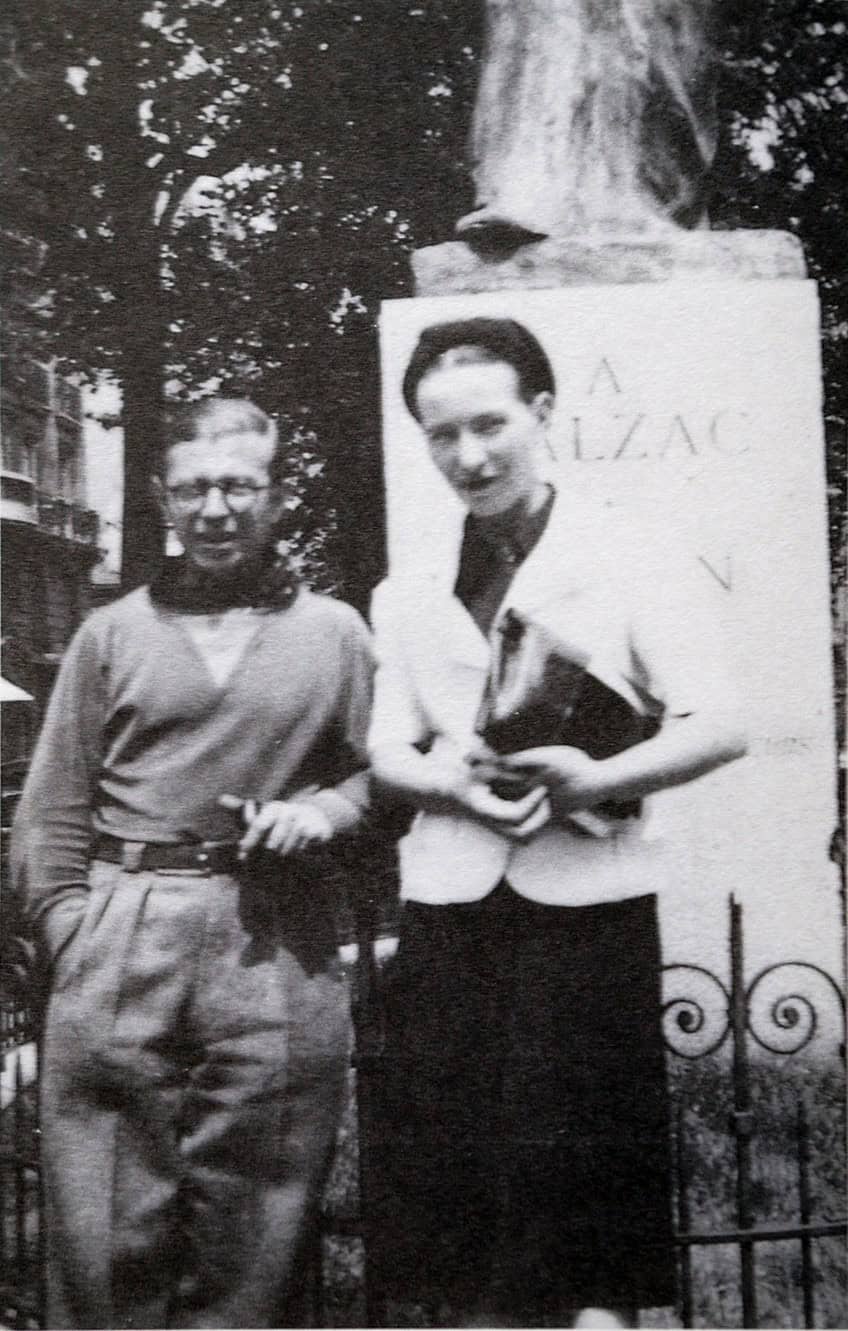
The interaction between existentialist thought and art has not only yielded aesthetically compelling works but has also invited viewers to engage more deeply with the art’s underlying messages. This engagement challenges viewers to confront the nature of their own existence and the choices they make. Understanding how existentialism shapes modern art allows one to appreciate the profound reflections on human existence these works offer.
Historical Context and Key Philosophers
Existentialism in art emerged in the 19th and 20th centuries, heavily influenced by philosophers like Jean-Paul Sartre and Albert Camus. These thinkers emphasized human freedom and the inherent absurdity of life. Sartre’s concept of “existence precedes essence” highlighted the individual’s role in defining their own purpose. Camus, on the other hand, focused on the idea of the absurd and how individuals navigate a meaningless world.
Their philosophies laid the groundwork for artists to explore existential themes, creating a rich interplay between philosophical thought and artistic expression.
Defining Features of Existentialist Art
For existentialist artists, themes like anxiety, alienation, and freedom were paramount. Artworks often depicted raw human emotion and subjective experiences. Alberto Giacometti is known for his elongated sculptures that embody the alienation and fragility of the human condition.
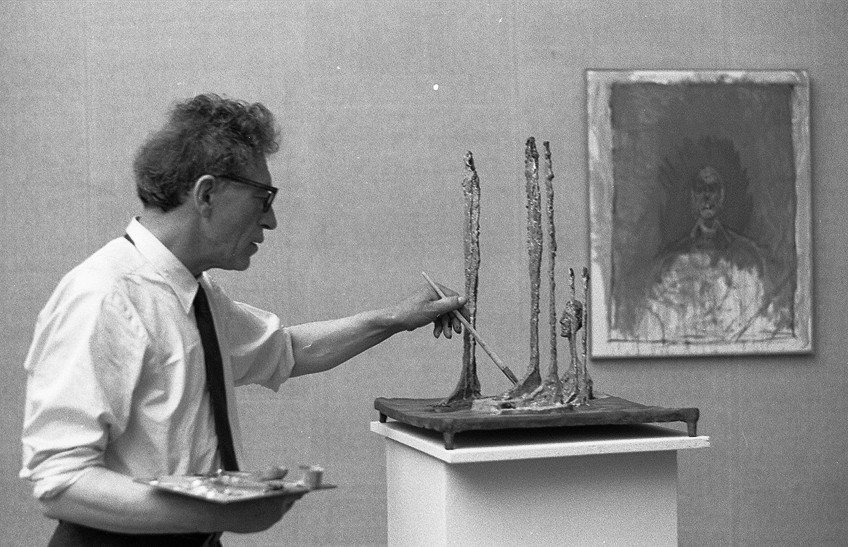
Francis Bacon painted distorted figures to convey existential angst and inner turmoil. Authenticity and choice are also crucial elements, with each artist striving to present an unfiltered perspective on human existence. The emphasis was not on beauty but on the authenticity of lived experience.
Major Artworks and Artists
Alberto Giacometti’s Walking Man exemplifies existentialist art with its thin, elongated form, capturing the essence of human isolation. Francis Bacon’s Three Studies for Figures at the Base of a Crucifixion powerfully conveys existential dread and vulnerability. Edvard Munch’s The Scream, though predating existentialism, resonates with its depiction of primal fear and anxiety.
These artworks serve as visual manifestations of existentialist themes, offering insights into the complex nature of human existence and emotion.
In conclusion, existentialism in art offers a profound exploration of human freedom, anxiety, and the search for authenticity. Through the works of key artists and the influence of major philosophers, this movement provides a unique lens on the human condition.
Themes and Motifs
Existentialism art delves into themes like alienation and isolation, freedom and choice, and the absurdity of reality. These themes are explored through powerful visuals and narratives, often confronting the viewer with deep questions about human existence and purpose.
Alienation and Isolation
Alienation is a central theme in existentialism art, where individuals face a sense of disconnection from society, others, and even themselves. This concept often manifests through imagery depicting solitude or separation, reflecting the pain and loneliness of the human condition. Isolation highlights the emotional landscapes artists create, showcasing the internal void felt by individuals. Edvard Munch’s famous painting, The Scream, illustrates this with a haunting effect, capturing raw angst and despair.
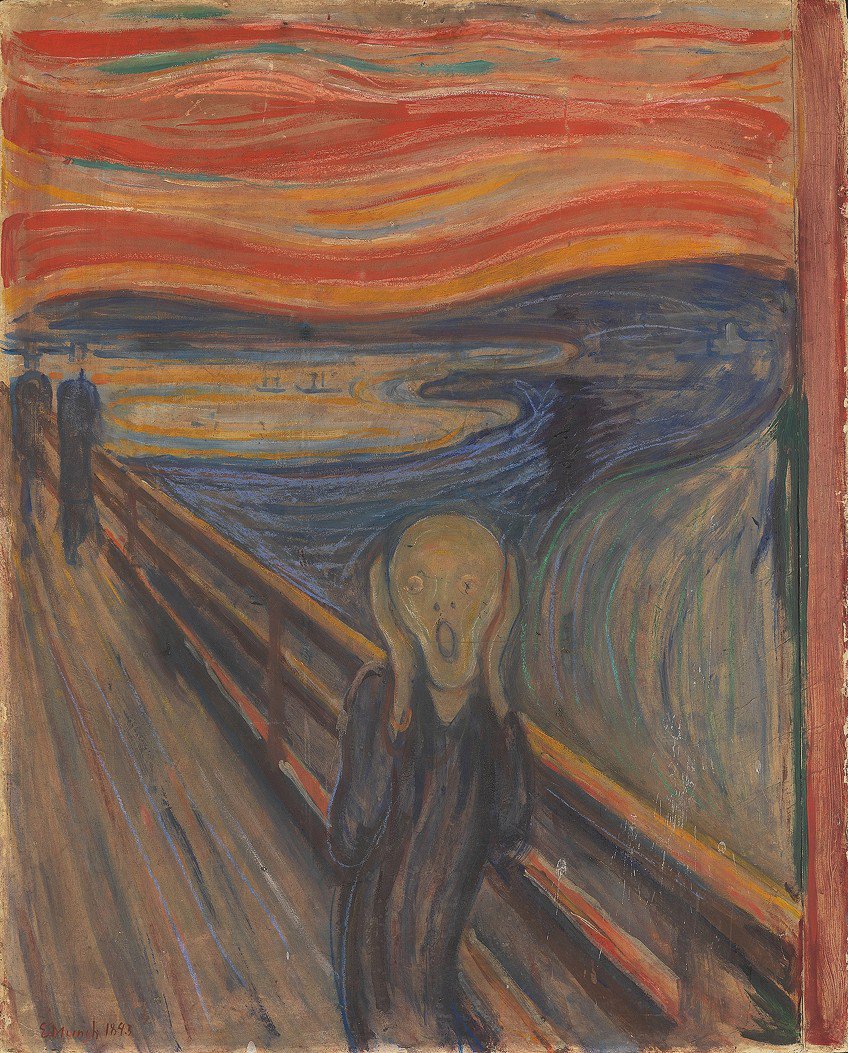
The persistent trauma and existential dread echo the stark reality that existence can often feel ungrounded and void of inherent value. Artists confront these emotions directly, urging viewers to confront their own feelings of alienation and search for solace in a seemingly indifferent universe. This nuance in art serves not just as commentary but as a deep reflection on human solitude.
Freedom and Choice
Freedom and choice underpin much of existentialist philosophy, emphasizing the individual’s power to create their own path in life. This theme is vividly explored in art through symbols of decision and autonomy. Existentialist art often illustrates the consequences of choice and the burden of freedom.
Jean-Paul Sartre’s notion that “existence precedes essence” aligns with visual representations of individuals grappling with their purpose amidst a vast array of possibilities.
The weight of freedom can be depicted in scenes where characters face crossroads or open vistas, symbolizing limitless options and the inherent responsibility. Freedom also brings anxiety, a recurrent motif, as individuals navigate through life without preordained meaning. This theme invites viewers to ponder the significance of their decisions and the repercussions of their autonomy.
The Absurd and Reality
The concept of the absurd deals with the conflict between humans’ desire to find intrinsic value and meaning in life and the silent, indifferent universe that provides none. Albert Camus’ notion of the absurd highlights the struggle to embrace reality without illusions. In existentialist art, the absurd is often captured through surreal and fantastical imagery.
Paintings like René Magritte’s The Son of Man reflect the incongruities and strange realities that challenge our perceptions. The tension between the quest for purpose and the recognition of a universe devoid of inherent meaning creates a powerful narrative.

This confrontation with the absurd often leads to a reevaluation of one’s hope and resilience, urging a reconciliation with death and the fleeting nature of existence. The artwork thus becomes a medium through which reality is questioned and reimagined, pushing the boundaries of conventional understanding.
Audience Perception and Interaction
Existentialist art delves deeply into themes of human existence, freedom, and personal experience. The interaction between the viewer’s perception and the artist’s intent creates a rich, multifaceted engagement.
Perception of Existential Art
The viewer’s perception plays a crucial role in experiencing existential art. As individuals bring their own backgrounds, experiences, and knowledge, their interpretations vary widely. Vision and sensory perception become pivotal, shaping how one interacts with the artwork. The subjective nature of existential art means that each viewer may focus on different aspects of the piece, such as colors, forms, or themes.
This uniqueness fosters a diverse tapestry of interpretations, enhancing the individuality of the experience.
Artistic Influence on Personal Experience
Existential art has a profound impact on personal experience. It often leads the viewer to confront themes of mortality, freedom, and self-determination. By engaging with these themes, individuals may reflect on their own lives, identities, and experiences.
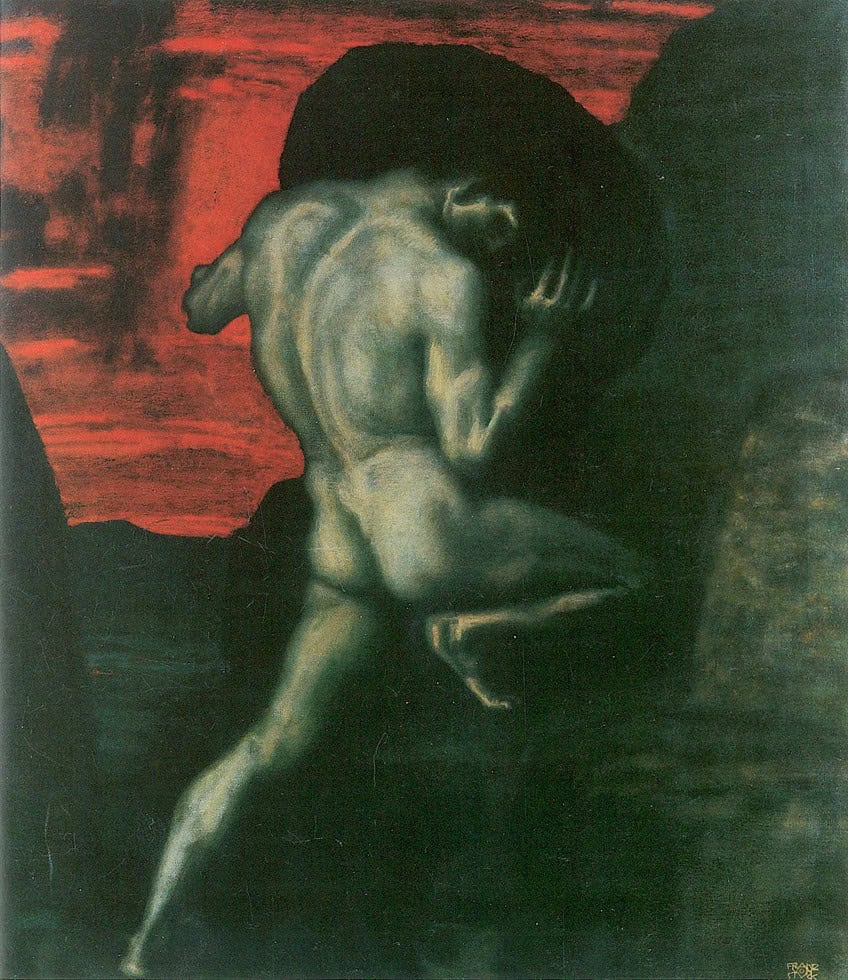
The body and consciousness are often depicted in ways that challenge conventional understandings of reality, encouraging viewers to question their own perspectives. This interaction can be deeply emotional, resonating with the viewer long after they have left the artwork.
Relation and Reflection on Existence
Existential art frequently explores the relation between the individual and the broader reality. It emphasizes personal autonomy and the quest for meaning, resonating with viewers on a deeply personal level. By reflecting human existence’s core aspects, such as isolation and the quest for purpose, the artwork becomes a mirror of the viewer’s own life. This reflection often invites dialogue, both within oneself and with others, leading to a richer understanding of one’s place in the world. The viewer’s engagement with the art becomes a journey into their own existence, offering insights and fostering a deeper connection to the human condition.
Existentialism in art offers a profound exploration of the human experience, emphasizing the emotional and philosophical struggles of existence. By confronting themes of isolation, freedom, and the search for meaning, artists associated with this movement pushed the boundaries of traditional representation, prioritizing raw emotional expression over aesthetic perfection. The work of existentialist artists continues to resonate, as it speaks to universal questions of identity, purpose, and the complexities of the human condition. Through their distinctive styles and powerful imagery, these artists invite viewers to reflect on their own existence in an often uncertain and absurd world.
Frequently Asked Questions
How Is Existentialism Reflected in Art?
Existentialism in art often portrays raw, unfiltered human experiences. Themes like individual freedom, existential angst, and the search for meaning are central. Artists use stark imagery and symbolism to evoke deep emotional responses and examine the human condition.
What Are Some Notable Examples of Existential Art?
Edvard Munch’s The Scream is an iconic example, capturing existential dread and anxiety. Another significant work is Alberto Giacometti’s sculptures, which encapsulate isolation and the fragile nature of existence. These pieces challenge viewers to confront their own existential fears and uncertainties.
What Are the Defining Characteristics of Existentialist Art?
Existentialist art is characterized by its focus on human experience and emotion, often depicted through abstract or surreal imagery. Key features include a sense of isolation, freedom, and the struggle for meaning. The artworks invite introspection and often convey existential angst and contemplation.
Which Painters Are Known for Their Existentialist Works?
Jean Dubuffet and Francis Bacon are notable painters who contributed to existentialist art. Dubuffet’s raw and primitive style highlights the absurdity of human experiences. Bacon’s haunting and distorted figures vividly express pain, fear, and the existential struggle.
Isabella studied at the University of Cape Town in South Africa and graduated with a Bachelor of Arts majoring in English Literature & Language and Psychology. Throughout her undergraduate years, she took Art History as an additional subject and absolutely loved it. Building on from her art history knowledge that began in high school, art has always been a particular area of fascination for her. From learning about artworks previously unknown to her, or sharpening her existing understanding of specific works, the ability to continue learning within this interesting sphere excites her greatly.
Her focal points of interest in art history encompass profiling specific artists and art movements, as it is these areas where she is able to really dig deep into the rich narrative of the art world. Additionally, she particularly enjoys exploring the different artistic styles of the 20th century, as well as the important impact that female artists have had on the development of art history.
Learn more about Isabella Meyer and the Art in Context Team.
Cite this Article
Isabella, Meyer, “Existentialism Art – The Visual Language of Absurdity and Meaning.” Art in Context. December 28, 2024. URL: https://artincontext.org/existentialism-art/
Meyer, I. (2024, 28 December). Existentialism Art – The Visual Language of Absurdity and Meaning. Art in Context. https://artincontext.org/existentialism-art/
Meyer, Isabella. “Existentialism Art – The Visual Language of Absurdity and Meaning.” Art in Context, December 28, 2024. https://artincontext.org/existentialism-art/.


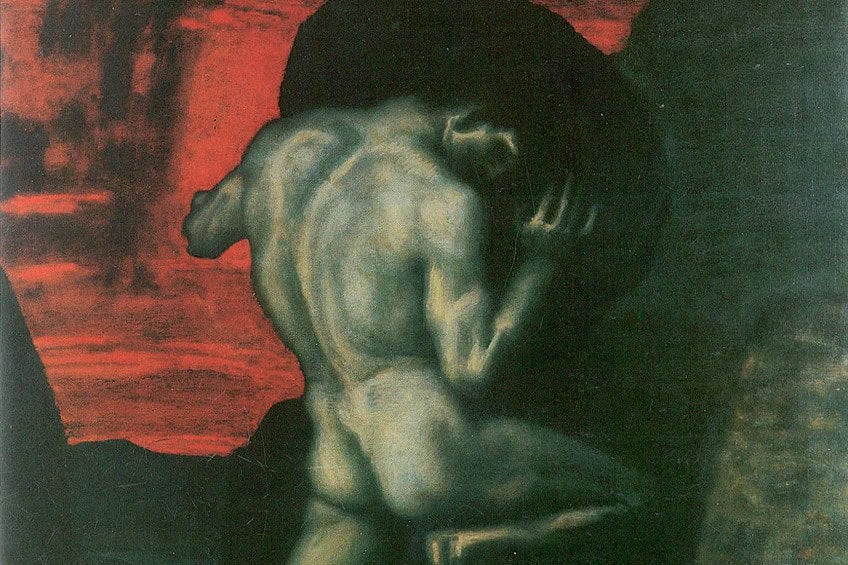

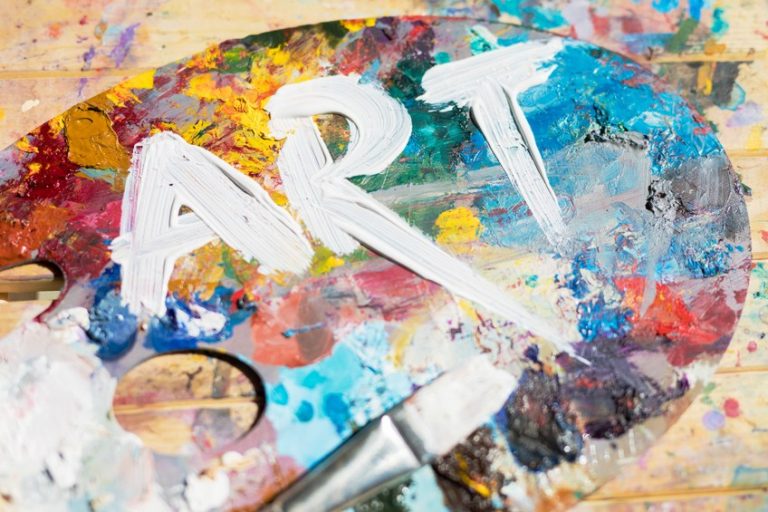
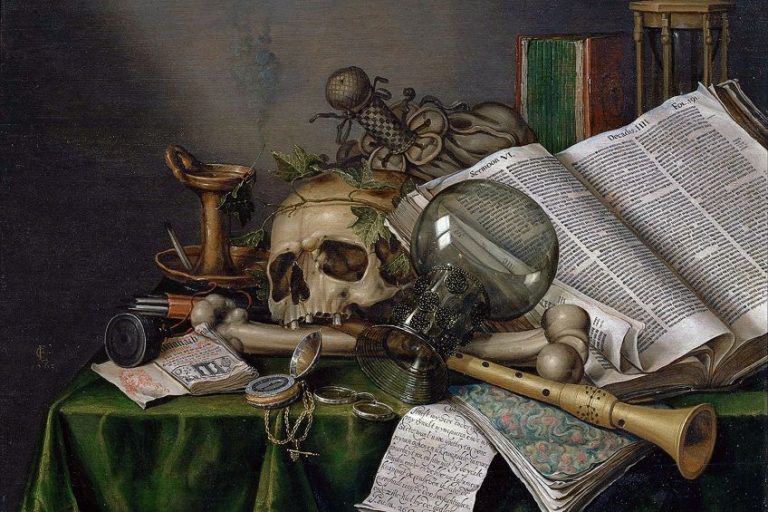
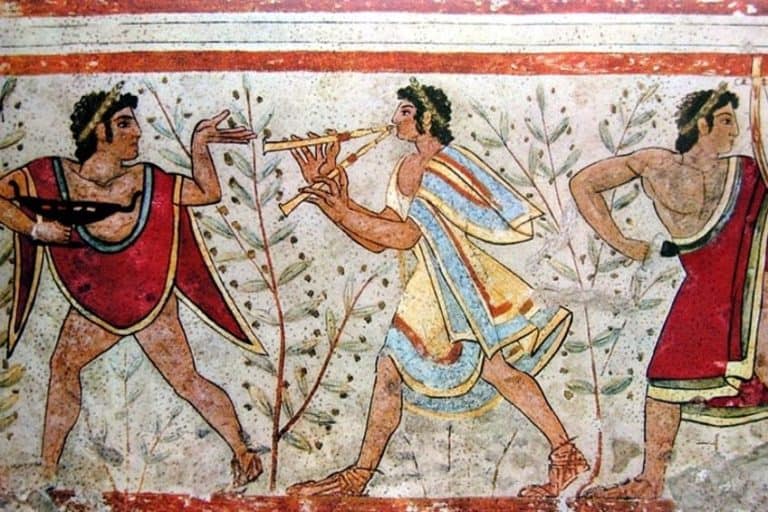
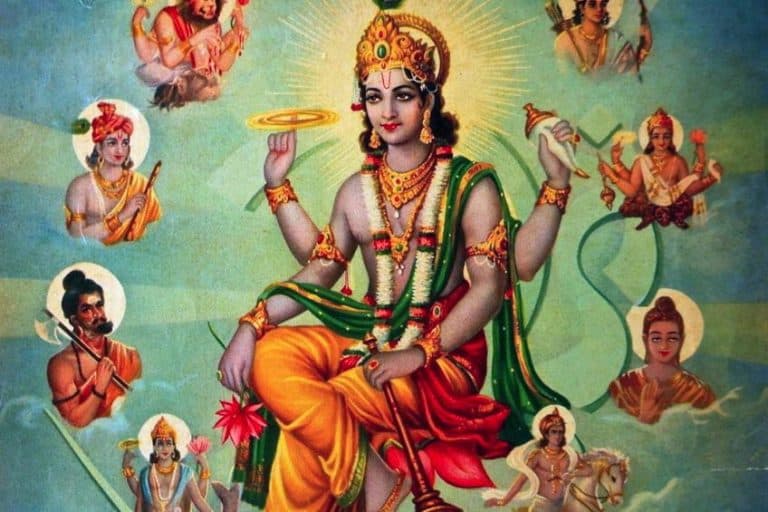
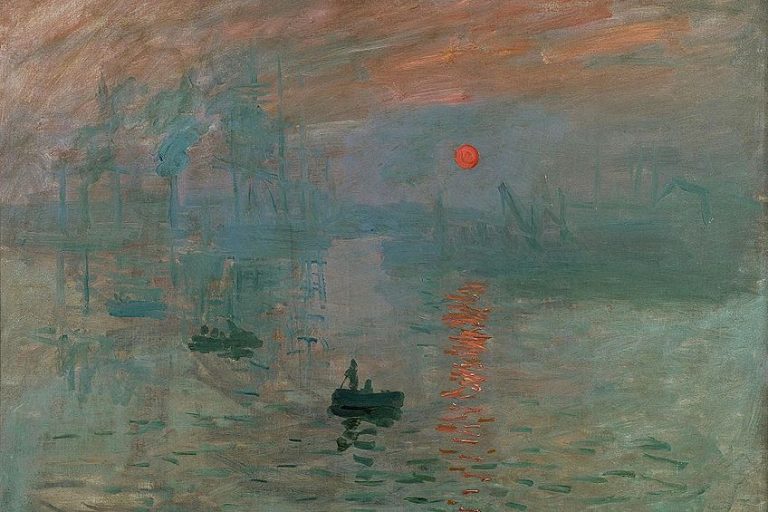
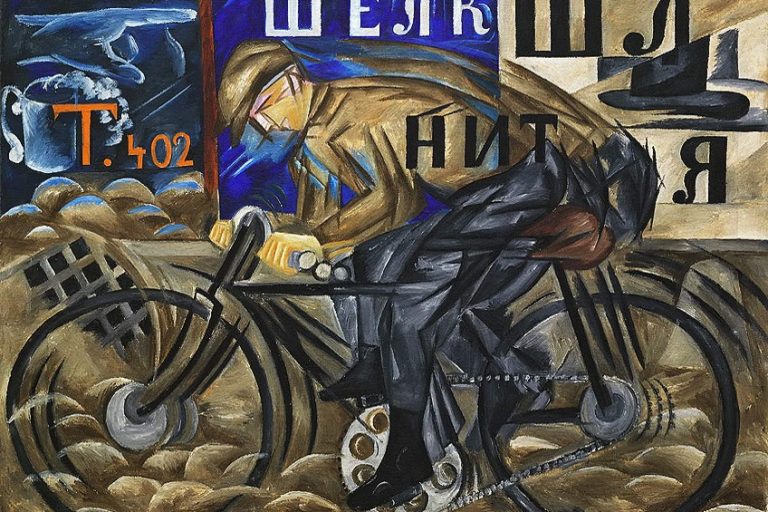
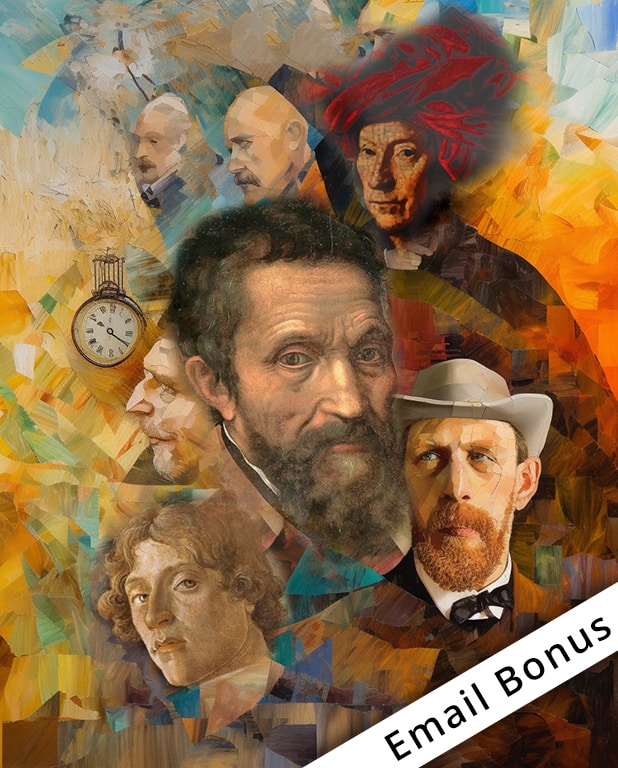

I did not know the art of existentialism but think that with my compositing, I am actually doing it. In making images, I often find myself connecting nature with my inner feelings, and often they are ironic. But don’t find many other photographers/artists producing the same and I wish I could find them! Thanks for the article, I will forsure search out artist and photographers that produce existentialism art in order to further my own art and find community.